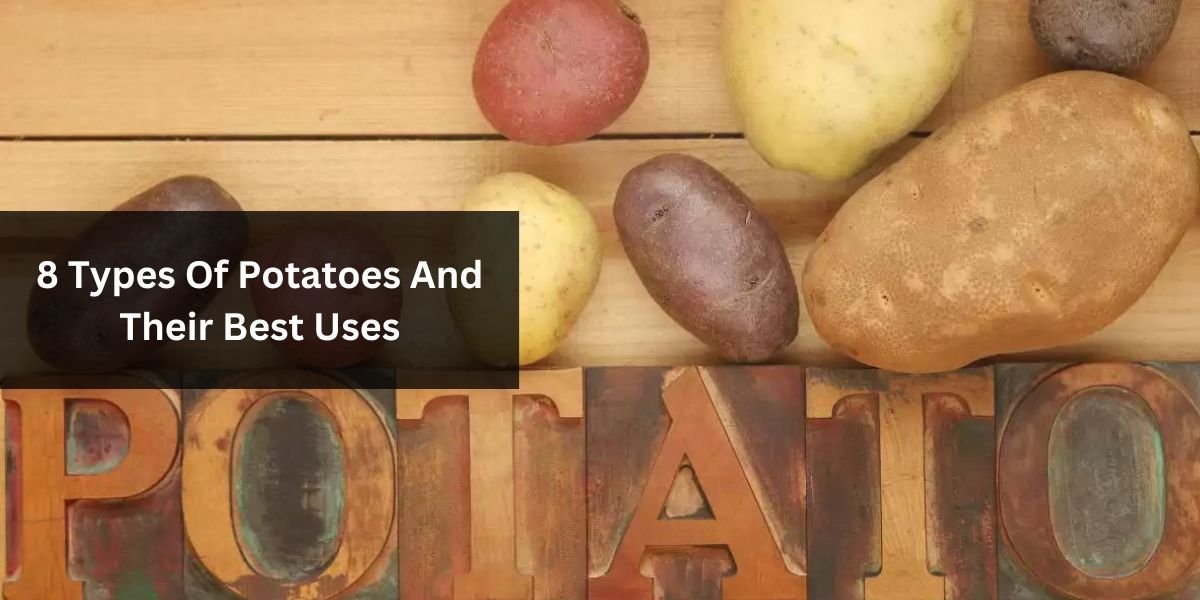Potatoes – the versatile, humble tubers that grace our tables in countless forms. These starchy staples aren’t just a one-size-fits-all vegetable; they come in an array of types, each with its unique texture, flavor, and ideal culinary applications. Exploring these diverse spuds not only adds depth to your culinary adventures but also elevates your cooking game to new heights.
1. Russet Potatoes: The King of Baking
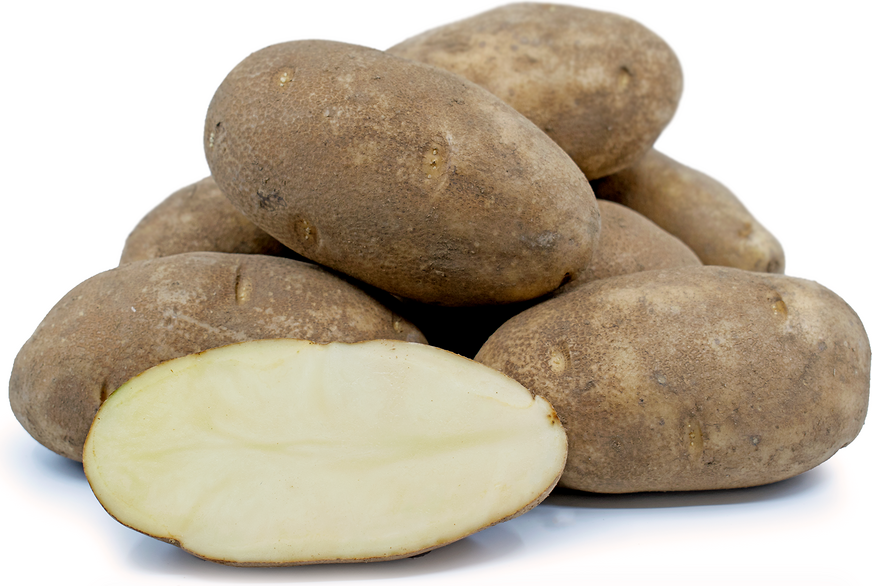
Hailing as the ultimate baking potato, Russets boast high starch content and a low moisture level, making them perfect for crispy roast potatoes and fluffy baked delights. Their rough, thick skin crisps beautifully in the oven, while the creamy interior lends itself superbly to mashed potatoes.
2. Yukon Gold: The All-Purpose Gem
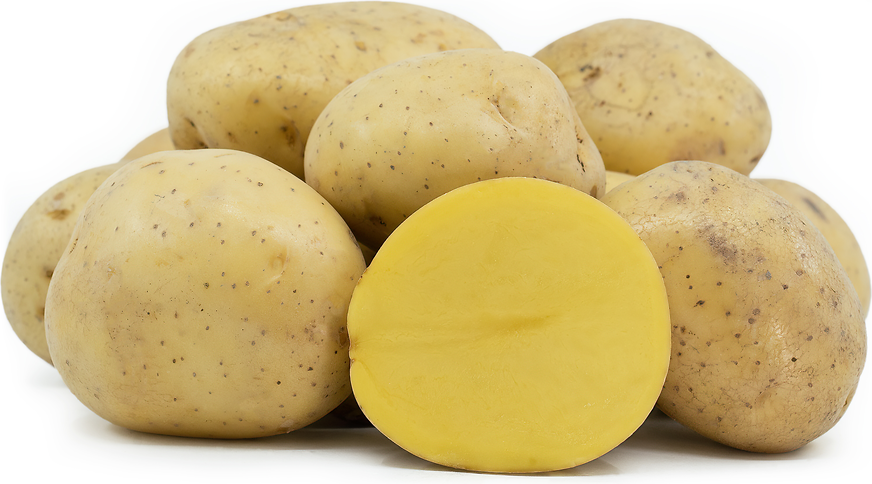
With a buttery taste and yellowish flesh, Yukon Golds are an all-purpose choice for various recipes. Their medium starch content allows them to hold their shape when cooked, making them ideal for dishes like gratins, scalloped potatoes, and creamy mashed potatoes.
3. Red Potatoes: The Waxy Wonders
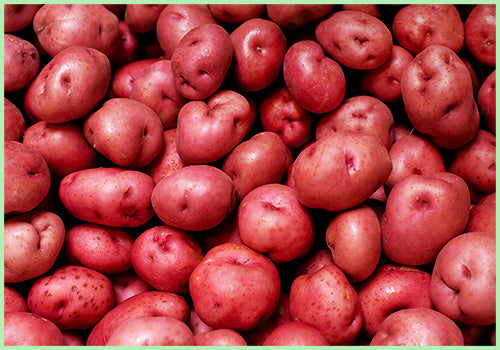
Recognizable by their red skin and creamy white flesh, red potatoes are low in starch and high in moisture. Their waxy texture makes them perfect for potato salads, soups, and roasting, as they retain their shape and offer a pleasant, firm bite even after cooking.
4. Fingerling Potatoes: Petite and Packed with Flavor
:max_bytes(150000):strip_icc()/__opt__aboutcom__coeus__resources__content_migration__simply_recipes__uploads__2016__06__fingerling-potatoes-horiz-a-1800-9069aa69d21043baa1b0f1302c9cb8bc.jpg)
Resembling stubby fingers, these small, slender potatoes come in various colors like purple, red, and yellow. Their unique nutty flavor and firm texture make them a delightful addition to roasted dishes or simply sautéed with herbs for a delectable side dish.
5. Purple Potatoes: Vibrant and Nutrient-Rich

The striking hue of purple potatoes comes from anthocyanin, a powerful antioxidant. Their firm texture and rich, nutty flavor shine in dishes like mashed purple potatoes, vibrant salads, or even as colorful chips for a visually appealing snack.
6. Sweet Potatoes: Nature’s Candy
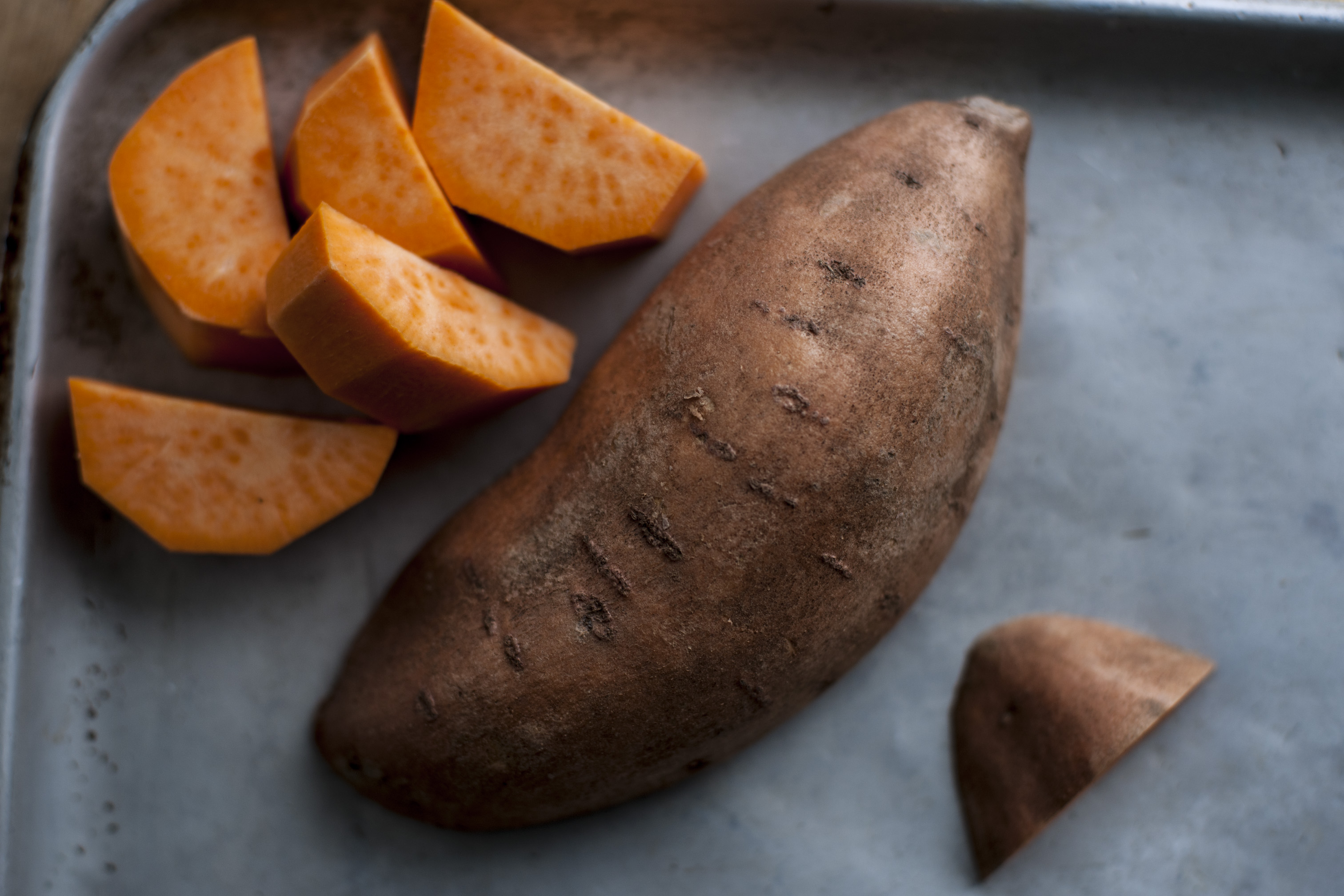
Despite the name, sweet potatoes aren’t actually potatoes; they belong to a different botanical family. Available in various hues like orange, purple, and white, these nutrient-packed root vegetables are perfect for fries, casseroles, and even desserts due to their natural sweetness.
7. Blue Potatoes: Uncommon and Intriguing

With a stunning blue-purple flesh, these uncommon potatoes add a pop of color to your meals. Their firm texture holds up well when roasted or boiled, making them an eye-catching addition to dishes or even mashed to create a unique-colored side.
8. White Potatoes: A Versatile Classic
:max_bytes(150000):strip_icc()/GettyImages-183348917-2000-fe0c5af5964544519212e498d72c77b5.jpg)
Simple and versatile, white potatoes are the standard variety found in most kitchens. Their mild taste and medium starch content suit various recipes, from simple roasted potatoes to creamy soups and everything in between.
Conclusion
Potatoes, in their numerous varieties, offer a delightful canvas for culinary creativity. Understanding their nuances – from the starchy Russets to the waxy Red Potatoes – empowers you to craft dishes that maximize their unique qualities, enhancing your dining experiences.
Frequently Asked Questions:
1. Can you substitute one potato type for another in recipes?
While you can often substitute potatoes in recipes, different types have distinct textures and flavors that can affect the outcome. It’s best to choose a substitute with similar qualities.
2. Are potato skins nutritious?
Yes, potato skins contain a good amount of nutrients, including fiber, vitamins, and minerals. Ensure they are properly washed before consumption.
3. What’s the best way to store potatoes?
Store potatoes in a cool, dark place away from sunlight. Avoid storing them near onions as both can spoil faster when in proximity.
4. Are green potatoes safe to eat?
Green spots on potatoes indicate the presence of a toxin called solanine. It’s best to cut away the green parts and avoid consuming them.
